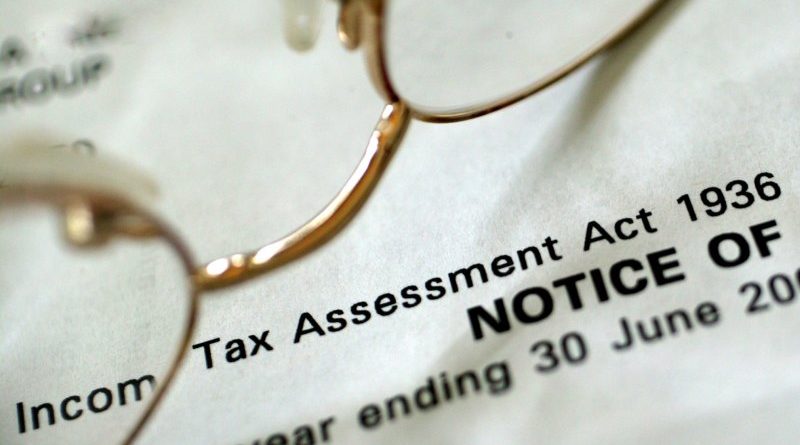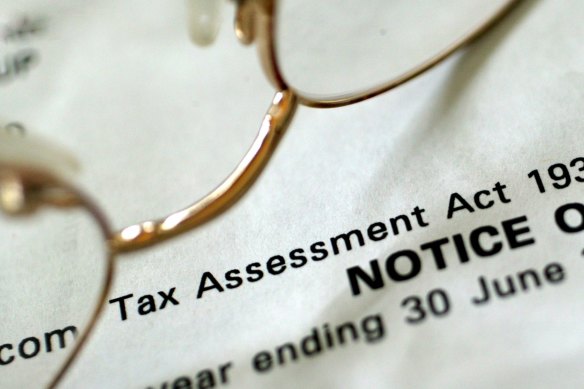The simple way you can get next year’s tax refund sooner
Save articles for later
Add articles to your saved list and come back to them any time.
Halloween and the deadline to file your 2022-23 tax return are now behind us – two (possibly scary) things that happened on October 31. However, while the lollies are probably long gone, you may still be awaiting a sweet tax refund.
But this might mean you’re missing a trick year after year. Instead, there’s a way you could start getting regular tax treats. Let’s back up and look at the facts.
Missing that October 31 deadline for your tax return can lead to financial penalties.Credit: Virginia Star
If you hadn’t filed your taxes by last Tuesday, or engaged a registered tax agent who will have a later deadline, you will soon be hit with a $313 fine. Your only recourse is to call the ATO quickly and explain your extenuating circumstances.
You will be slugged this $313 each month up to a maximum five of them. That’s potentially $1565 by March. Note that registered tax agents can push out clients’ filing dates to as late as May 15 next year. So get onto getting one if the DIY option this year is just too daunting.
If you have filed yourself, and you owe money, your key date is November 21. That’s when the bill will be due.
But getting back to where we started: what is the opportunity if you are owed money, as many of us often are? Quite simply, there’s a way to get next year’s tax refund spread across this whole tax year, rather than dished out in one lump sum.
If you don’t expect your income or deductions to change, today it could mean welcome ‘extra’ income.
As the name suggests, a withholding variation form, on the ATO’s website, lets you vary the amount that is withheld via PAYG for tax each pay.
In a cost-of-living crisis, collecting this as a regular income boost is probably preferable to waiting until next November to get the money you are effectively owed today … and pay after pay.
Now, this potentially clever money move is only relevant to people who will definitely be due a refund from this tax year. What you don’t want to do is underestimate the tax you need to pay and then unexpectedly end up with a bill.
Incidentally, that is why this strategy may not have been sensible last tax year: the removal of the Low and Middle Income Tax Offset left many people uncertain where their tax liability would land.
But one year in now, and if you don’t expect your income or deductions to change, today it could mean welcome “extra” income. After all, why would you let the Tax Office keep your money for all that time?
Even if you’ve liked getting a lump sum refund after the end each tax year, you could amass this yourself by saving it.
This is even more worthwhile now as the top savings accounts are paying a near-12-year high of 5.5 per cent. Of course, if you read my recent column and have a mortgage, you’ll know that squirrelling the money away instead into an offset account beside that mortgage will net you an even bigger bottom-line advantage.
Once you lodge your variation form, your salary will swell after 28 days if you do so online, or 56 days if by paper.
What about if you’re not receiving a tax refund and don’t have a bill to pay? Then you have had the correct amount of tax withheld throughout the year already.
That suggests, though, that you might not have many deductions. Perhaps that’s something to work on. There is a really comprehensive list of deductions available for different industries on the ATO website.
Remember, if you don’t pay a tax bill in full, and on time, you will be charged interest.
And this is steep at 1.15 per cent (updated quarterly and up a staggering amount along with official interest rates).
Much like with the financial hardship departments of your banking, insurance and utilities providers, though, the ATO can be very understanding when your circumstances are tough.
It will often offer a repayment plan, usually over three years.
Just be sure that over that three years, you don’t incur another tax bill that you cannot pay. In that circumstance, the terms of your revised repayment plan will probably become a lot more challenging.
Nicole Pedersen-McKinnon is the author of How to Get Mortgage-Free Like Me. Follow Nicole on Facebook, Twitter or Instagram.
- Advice given in this article is general in nature and is not intended to influence readers’ decisions about investing or financial products. They should always seek their own professional advice that takes into account their own personal circumstances before making any financial decisions.
Expert tips on how to save, invest and make the most of your money delivered to your inbox every Sunday. Sign up here for our Real Money newsletter.
Most Viewed in Money
From our partners
Source: Read Full Article




